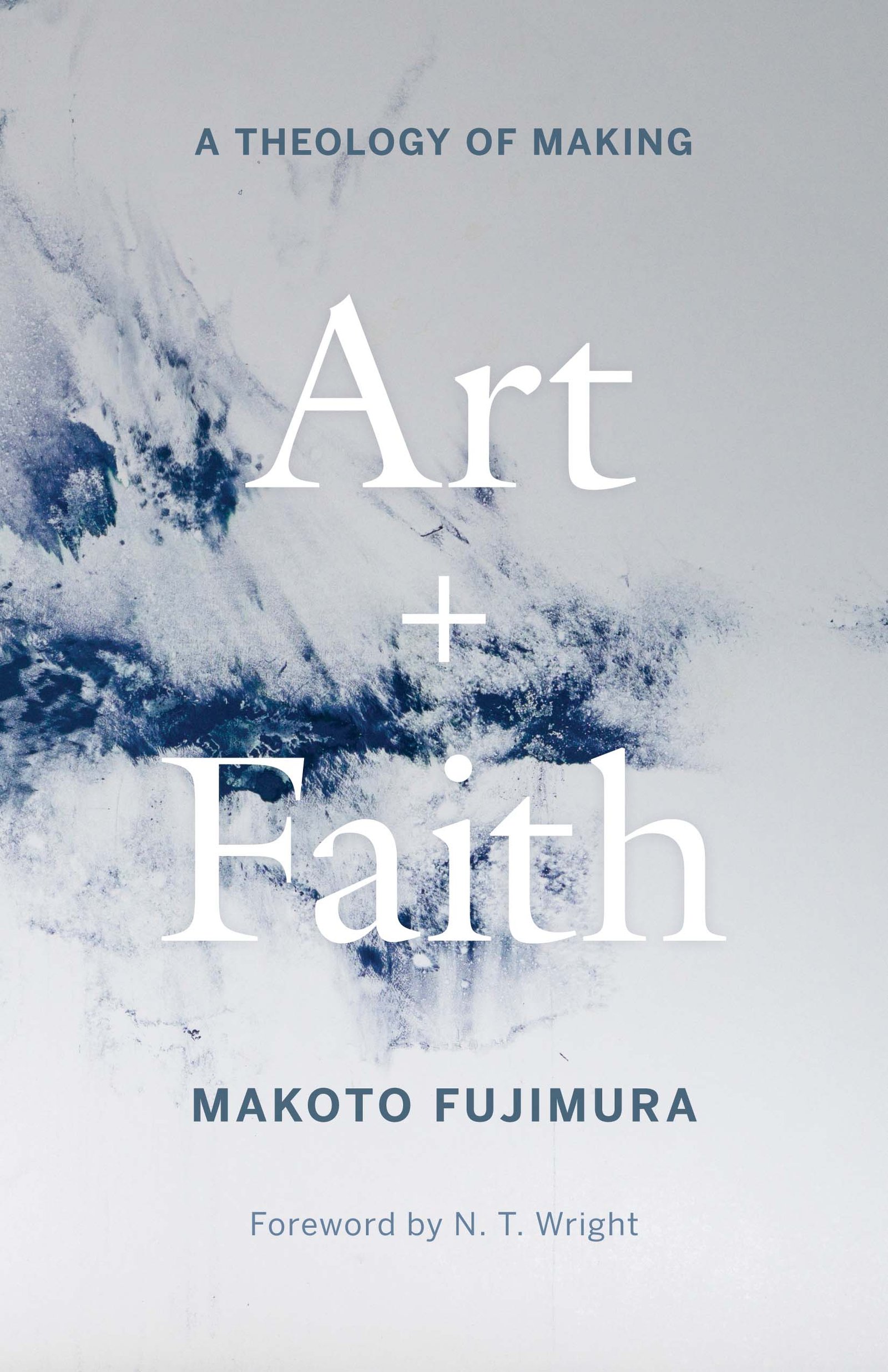
13 Jun Book Review of Art and Faith: A Theology of Making
Engaging with the Divine: A Journey Through Art and Faith: A Theology of Making
When I first picked up Art and Faith: A Theology of Making by Makoto Fujimura, I was drawn in by my own desire to explore the intersection of creativity and spirituality. In a world that often reduces art to mere decoration or entertainment, Fujimura invites us to reconsider its profound role in our lives and faith journeys. His reputation as a cultural shaper and artist, bolstered by a distinguished background—including being a former appointee to the National Council on the Arts and a recipient of the American Academy of Religion’s award—set the stage for what I hoped would be a transformative read.
From the very beginning, Fujimura’s writing exudes warmth and depth, blending personal anecdotes with theological reflection. The central theme revolves around the idea that making art is not just a vocation, but a divine calling. Fujimura eloquently argues that art is a process of creation that mirrors God’s own creative work; it’s an act of worship and a medium for expressing our faith. He frames making art as a response to God’s invitation to participate in the ongoing creation of the world—a perspective that resonated deeply with me.
Throughout the book, I found myself captivated by Fujimura’s evocative language and the theological insights he shares. He challenges readers to see beyond the surface of artistic endeavor, tying it to the broader narrative of faith, hope, and love. His metaphors, particularly regarding the “fragility of beauty,” have left a lasting imprint on my understanding of art as a reflection of divine grace. I was particularly struck by his assertion that “art is a bridge” connecting us to each other and to the Creator. It’s a beautifully simple yet profound idea that brings new meaning to the act of creating.
Fujimura’s writing style is contemplative and meditative, allowing moments of reflection that encourage readers to pause and internalize his thoughts. The pacing strikes a harmonious balance, with each chapter unfolding like a carefully crafted piece of art itself—layered, complex, and rich with detail. There are myriad quotes that stood out to me, one of which echoes his belief: “We create because we are created.” It’s a reminder that our creative expressions, no matter how small, are acts of faith and engagement.
This book isn’t merely for artists or theologians; it speaks to anyone seeking a deeper understanding of faith and creativity. Whether you’re a painter, writer, musician, or simply someone who loves to appreciate art, Fujimura’s insights provide a fresh perspective that invites you to embrace your creativity as a God-given gift.
As I closed the pages of Art and Faith, I felt invigorated and challenged to explore my own creative impulses with new eyes and a heart aligned with the divine act of making. For anyone yearning to reconnect with their creative spirit and explore the sacredness of art, I wholeheartedly recommend this transformative read. You might just find that the act of creation—be it in art, writing, or everyday life—is not only a reflection of your faith but a vital expression of your very being.
Discover more about Art and Faith: A Theology of Making on GoodReads >>









